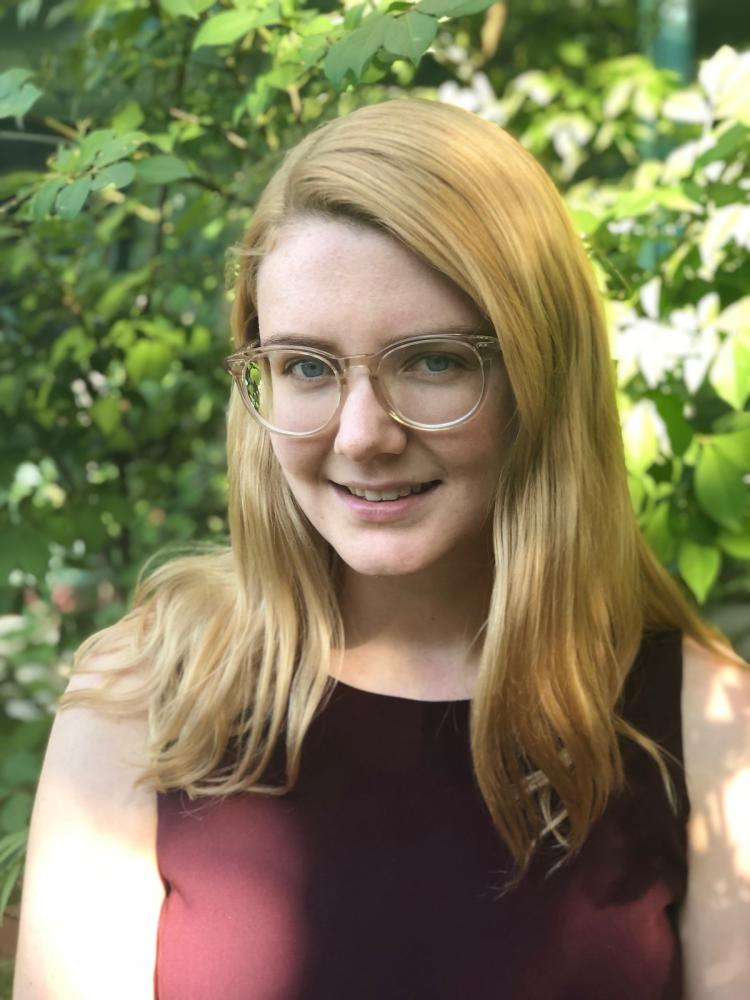Exploring assumptions in financing for urban water utilities in low-income countries

Anna Libey
Anna Libey, a PhD student in environmental engineering at CU Boulder, is the lead author on a new paper that compares utilities around the world and advocates for more subsidization in utility operations to provide clean water.
The paper – titled “Who pays for water? Comparing life cycle costs of water services among several low, medium and high-income utilities” – was recently published in World Development and covered the news section of Engineering For Change. The work fits neatly into her research areas, which include technology evaluation, inclusive participatory design methods, and estimating costing for sustainable service delivery of water and sanitation in developing communities.
We asked her a few questions about the work, the challenges she faced getting the data and what action she recommends to ensure everyone has access to clean water around the world.
Question: How would you describe the work and results of this paper?
Answer: Our work was born out of the desire to investigate assumptions in financing for urban water utilities in low-income countries compared to where I work in Boulder, Colorado. The research highlights the disparities between the conceptions and realities of self-sufficient local financial support for water services. And it explores why cost recovery in communities without significant tax bases to fund those public service is sometimes prioritized over the human right to water.
In the U.S. we take for granted that utilities can deliver affordable water at the turn of a tap. This is possible because water services are subsidized and funded by governments through tax revenue, keeping the cost to consumers low. But we need to ask who pays for water in lower-income communities.
To explore that question, my colleagues and I in the Mortenson Center in Global Engineering compared water utility finances in four different countries: Ethiopia, Kenya, Cambodia and the United States. That grouping represents one high-income, two low-income, and one middle-income countries. We address the gaps in each case between budgeted capital maintenance (major repairs and replacements) and the actual funding needed to sustain services, called the life cycle cost. In all four countries, the life cycle costs of water are not adequately covered by current revenues, requiring increased subsidies from governments and donors.
In summary, we need to stop setting water utilities in lower-income countries up for failure by requiring them to be self-sufficient. It’s nearly impossible to recover just the operating costs from tariffs while keeping water affordable. And maintenance and expansion costs are definitely out of reach. So to meet the goal of having access to clean water for all, donors and national governments need to subsidize utility operations long-term.
Q: Is this a research topic you were interested in before joining the Thomas Lab within the Mortenson Center?
A: I was definitely interested in learning more about the challenges rural and urban water utilities face in low-resource contexts before grad school. I went on an Engineers Without Borders trip to Ghana as an undergraduate at Columbia University, and I quickly realized how challenging it is for small water utilities to keep their systems running. A small group of volunteers wasn’t going to be enough to engineer a sustainable solution.
Q: Was there a particular aspect of this work that was hard to complete?
A: Data collection from Kenya and Cambodia was completed through partners there, while I collected data firsthand in Boulder and Ethiopia – interviewing management and finance officers at water utilities to find what asset management data and financial records they had available.
Sorting through dusty borehole drilling logs in Ethiopia was a bit challenging! I couldn’t make any paper copies, but they let me take photos of the water utility records. My phone was about to die so I had to be fast, and half of my photos were so blurry I almost couldn’t read the numbers I needed for my life cycle costs analysis.
Q: What are the research questions are still to be answered after this paper?
A: I and many others have made the point that the current levels of funding for safe water services worldwide are vastly insufficient. Yet the question that remains is: how can we effectively utilize what is available to identify and support service providers to maintain their water systems, instead of just funding new construction without a long-term plan to maintain it? But that’s a challenge we face in the U.S. just as much as in lower-income countries!
The CU Boulder authors include Anna Libey and Evan Thomas, with Marieke Adank of IRC WASH. The Kenya data utilized in this publication was made possible in part through support provided by the U.S. Agency for International Development, under the terms of Cooperative Agreement No. AID-615-A-15-00008. The opinions expressed herein are those of the authors and do not necessarily reflect the views of the United States Government. They appreciate the support of the Millennium Water Alliance, Catholic Relief Services, World Vision, AECOM, mWater, IRC, CARE, IRC Wash, SweetSense Inc., the Afar Regional Water Bureau and the county government of Turkana in Kenya. The authors especially thank James Harper, Lauren Stover, Bernadin Sang, and Styvers Kathuni for their contributions.

